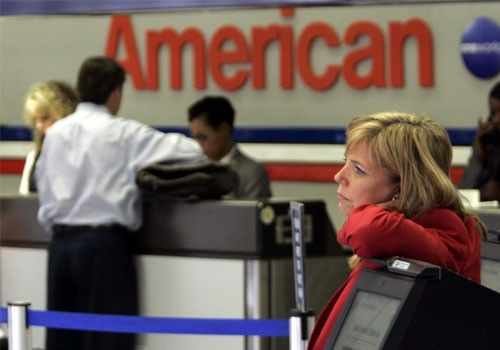United, Continental Merger a Big Blow for American Airlines, US Airways

The $3.2 billion merger between United Airlines and Continental Airlines, which creates the world's biggest carrier, could deal a big blow to rival carriers like American Airlines and US Airways as they would find it difficult to match its scale of operation.
The merger, completed Friday, creates a carrier that is expected to serve more than 144 million passengers per year and fly to 370 destinations in 59 countries and generate about $30 billion in annual revenue.
According to market analysts, the merger would put pressure on American Airlines, which was once the market leader, but will now drop to third place. American Airlines was relegated to the second spot two years back after Delta Airlines acquired Northwest Airlines.
According to Robert Mann, an airline consultant with RW Mann & Co., American Airlines needs a merger partner and may already be losing a competitive edge because business travelers, the bread and butter of the top U.S. airlines, gravitate to the carriers with the most extensive route networks and American Airlines can't make that claim anymore. They find themselves facing the market from the bottom of the top three as opposed to from the top of the top three, and this really hurts you in the corporate travel marketplace, Mann said.
US Airways, which broke off possible merger talks with UAL Corp. in May, is also now left on the sidelines, raising questions about its ability to survive as a stand-alone full-service carrier.
Incidentally, American Airlines and US Airways held merger talks in 2008 but it broke off reportedly because of American Airlines' relatively high labor costs and open contracts with its unions.
However, American Airlines isn't worried about the consolidation going on in the aviation industry.
Rather it has diligently pursued its own strategy of expanding its network, both nationally as well as internationally, by entering into alliances with other carriers. For instance, American Airlines signed an agreement with JetBlue this year allowing passengers to connect with one ticket to American Airlines' international flights from New York and Boston.
It also won approval from the U.S. government in July to create a joint business with British Airways and Iberia governing flights between North America and Europe.
It is also in the process of winning regulatory approval for closer cooperation with Japan Airlines, Asia's largest carrier by revenue, on transpacific routes.
The carrier also has a strong presence in New York, Los Angeles, Chicago, Dallas/Fort Worth and Miami, all markets with heavy business traffic.
When you have a network that can compete, I don't think that the size of the company per se is going to drive the issue of success, said Beverly Goulet, vice president of corporate development of AMR Corp. which owns American Airlines.
We're big where it matters, Goulet said.
Shares of AMR Corp. were trading up 0.32 percent at $6.29 during early morning session on Friday. Shares of US Airways were trading up 0.65 percent at $9.31.
© Copyright IBTimes 2025. All rights reserved.





















